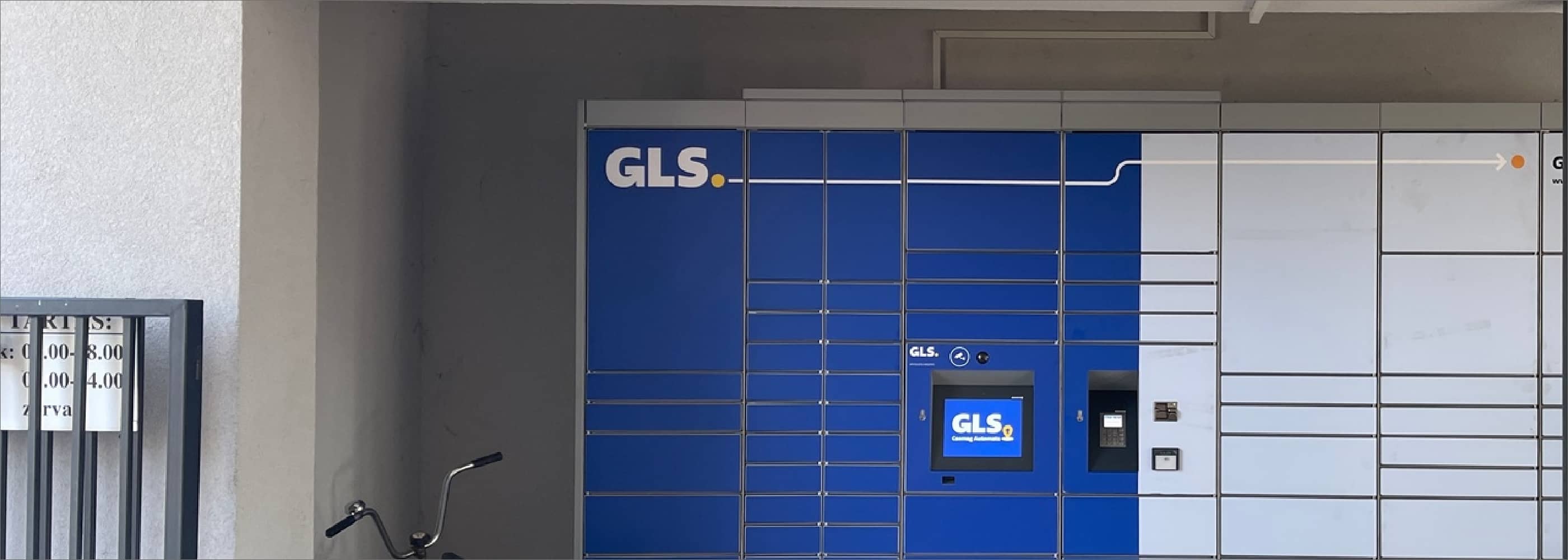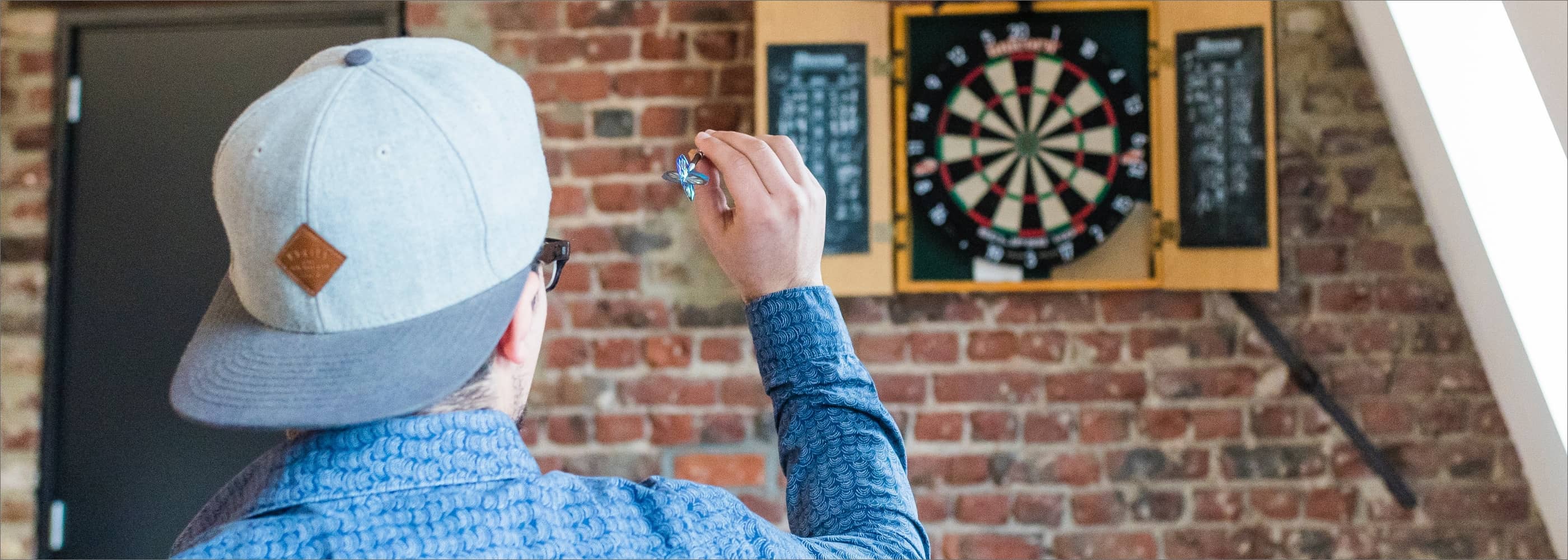As you may have read with arrows, the situation is similar with shafts when it comes to the selection. There are so many shafts available that it is very difficult to comprehend, so I believe it can be difficult to decide whether a given shaft is really a good choice for you. In the case of shafts, arrows may differ in the following parameters.
LENGTH
Size does matter a lot when it comes to shafts, as this is the primary factor that determines how the arrow will behave in the air.
It varies depending on the throwing style, but overall it can be said that the longer and the greater the arrow's arrival angle, all other factors being equal. As a beginner, it is worth testing which shaft length and design best suits your throw, arrow and preferred nib shape. It is worth varying the combination of shaft and nib so that you arrive at an arrival angle of 0-15% if possible, thus minimizing the chance of lost points. If the arrow arrives at a negative angle, it means that the back of the arrow generates a downward force at the end of the trajectory, so the arrival will be less stable because the weight is not concentrated on the tip from the right direction. Regardless, there are examples among the pros who like to play this way, for example Justin Pipe. Not surprisingly, it is not uncommon to see him filing the tip of the arrow to prevent his arrow from falling off the board. The other direction is more disadvantageous due to the covering, because the arrow's quill will cover too much of the board, so you can't see where you want to throw, not to mention that if you have to throw just a little above the arrow inside, for example, in the case of a D16, it will be very difficult without throwing from a different angle. In the case of a first purchase, unfortunately, I can't give you advice based on a rule of thumb as to which one is best for your arrow, grip point, and throwing style, so it's worth buying at least 1 set of the three most common lengths to have the right one on hand.
MATERIAL
In terms of material composition, in order of resistance, there are titanium, carbon, aluminum, and plastic.
The advantage of using other materials, except plastic, is that they very rarely break, but the thing to pay attention to with these is the deflection, because after an impact where plastic would break, they will just deform. Be suspicious if your arrows start to behave strangely in the air, it is possible that your shaft has bent too.
The downside of plastic is that it breaks from time to time, and due to the Robin Hood effect, the pen holder opens up and doesn't hold it properly. The latter can be handled quite well if you use a ring for the pen, but you accept that your pen won't fall out even when it would really come in handy when trying to do a 180.
WEIGHT
Stems made of different materials naturally have different weight metrics. Considering the same length, the following difficulties must be taken into account from heavy to light. Aluminum, plastic, titanium, carbon. The fact is that regardless of this, you also need to pay attention to how thick and whether the given aluminum stem is lightened with holes, because in many cases, such design patterns are used to compensate for the weight difference, so in the end it will not have a different weight compared to its plastic counterpart.
Weight can also play an important role because if you have found the right arrow for you, but it does not fly the way you want or does not arrive at the right angle, you can lighten or weight the back of your arrow, thus changing the balance, without changing the length of the shaft. It is important to note, however, that while plastic shafts come in an endless number of sizes and color combinations, the choice of other materials is significantly narrower.
+1
In addition to the above, it should be mentioned that there are shafts that allow the feather to rotate. Its function is that in the case of arrows arriving next to each other, the feather of the arrow in the board will modify the trajectory of the arrow that is just arriving less, but rather rotates, thus theoretically there are fewer cases where the arrow inside is distorted in a negative direction at the point of arrival of another arrow. However, I must admit that this - especially at an amateur level - can also occur with the opposite sign, that the trajectory is modified in such a way that a poorly thrown arrow arrives in the right sector. From here on, I think it is a matter of preference.
CONCLUSION
It is advisable to choose your shaft in a way that makes your arrow fly as smoothly and stably as possible, and if you feel that your set needs a little adjustment based on your preferences, the range of options will not narrow your options.













Leave a comment
This site is protected by hCaptcha and the hCaptcha Privacy Policy and Terms of Service apply.